Mini pigs are intelligent, social creatures that thrive on mental stimulation and enrichment activities. When kept as indoor pets, these clever animals need proper entertainment to prevent boredom, destructive behaviors, and potential health issues. Unlike dogs that can be taken for regular walks, mini pigs require specialized indoor activities that cater to their natural instincts and cognitive abilities. This comprehensive guide explores various ways to keep your indoor mini pig happy, healthy, and thoroughly entertained while strengthening your bond with these remarkable animals.
Understanding Your Mini Pig’s Entertainment Needs
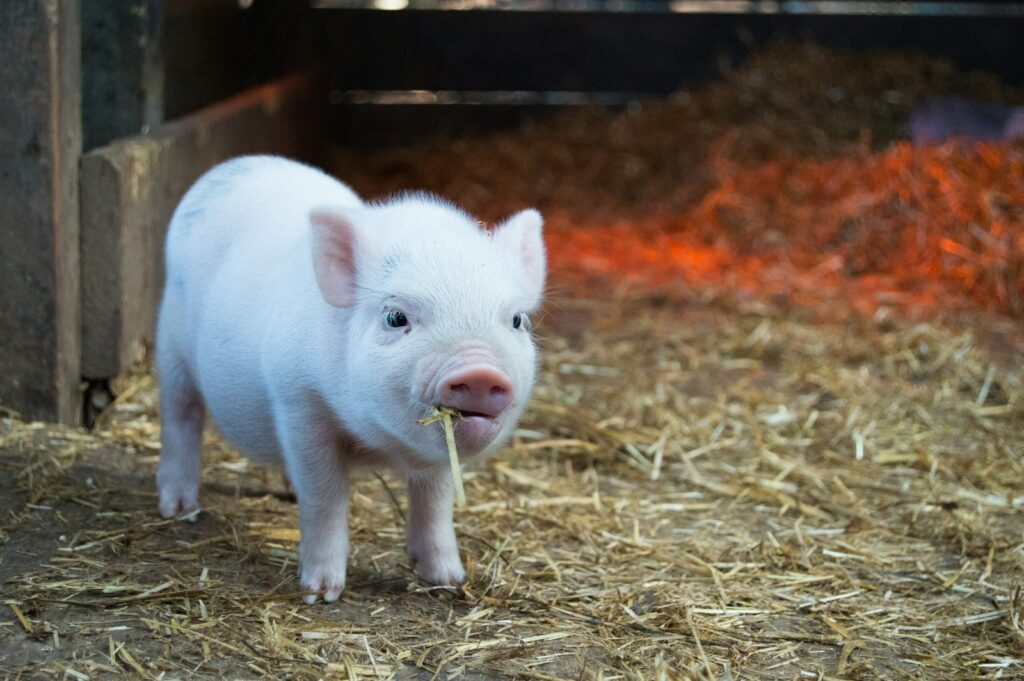
Mini pigs possess cognitive abilities comparable to those of a 3-4 year old child, making mental stimulation crucial for their overall well-being. In the wild, pigs spend approximately 75% of their waking hours foraging, rooting, and exploring their environment—natural behaviors that need appropriate indoor outlets. Without proper stimulation, mini pigs can become depressed, anxious, or develop problematic behaviors like excessive vocalization or destructive rooting. Understanding that your pig needs both physical and mental engagement will help you create an enriching indoor environment that satisfies their natural instincts while keeping them physically active and mentally sharp.
Creating a Pig-Friendly Play Area
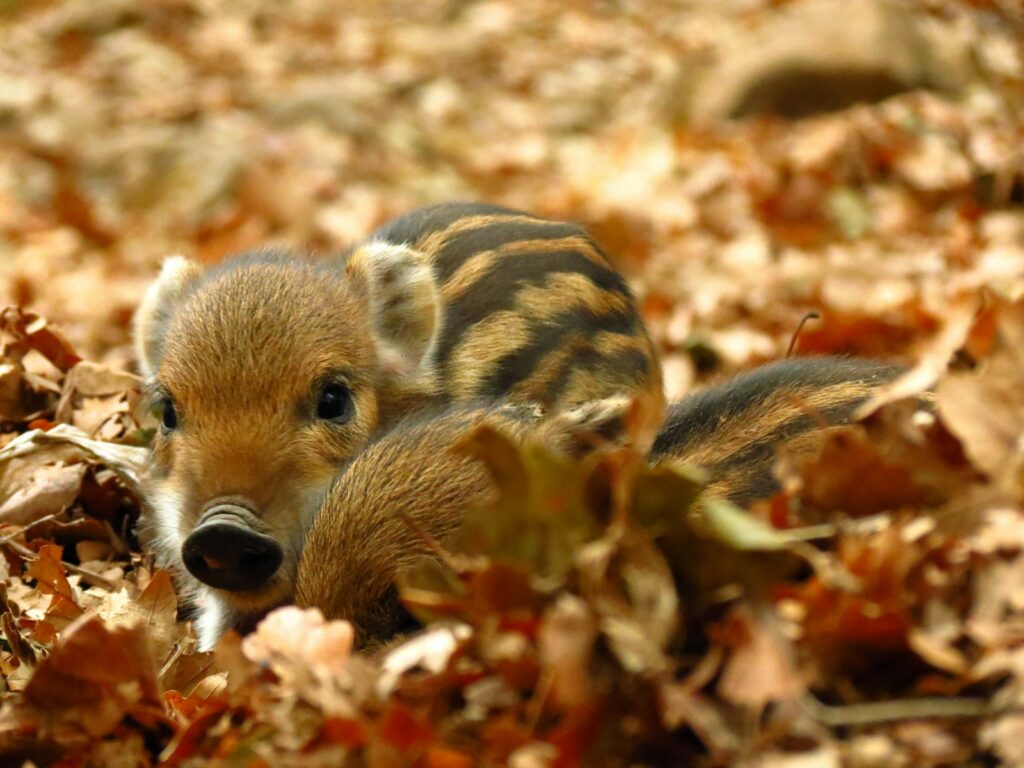
Designating a specific area of your home as a pig zone gives your mini pig the freedom to play safely without damaging your entire house. This area should include washable, durable flooring like linoleum or rubber mats to withstand rooting behaviors and occasional accidents. Include various textures for your pig to explore—blankets, small rugs, and pig-safe toys will create an engaging sensory environment. The space should be secure but spacious enough for your pig to move around comfortably, with barriers or baby gates to keep them contained when necessary. Remember to pig-proof this area by removing any toxic plants, electrical cords, or small objects that could be ingested.
Food Puzzle Toys for Mental Stimulation

Food puzzle toys are among the most effective entertainment options for mini pigs, channeling their natural foraging instincts into productive play. Commercially available pig puzzle feeders require your pet to manipulate different components to access hidden treats, providing both mental stimulation and rewarding snacks. You can also create DIY puzzles by hiding small treats in muffin tins, placing kibble inside paper towel tubes with the ends folded, or freezing berries in ice cubes for a cooling challenge. These food-based enrichment activities tap into your pig’s problem-solving abilities and can keep them engaged for extended periods, especially when you regularly rotate different puzzle styles to maintain novelty and interest.
Rooting Boxes for Natural Behavior
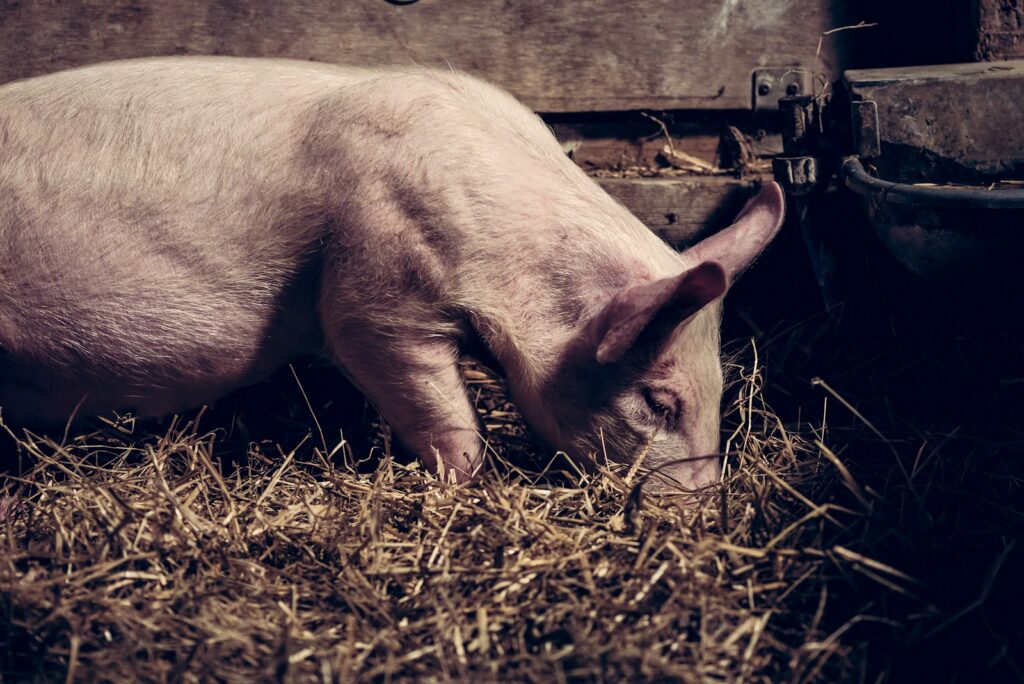
Rooting is an instinctual behavior for pigs that involves using their sensitive snouts to dig and explore, making rooting boxes essential indoor enrichment tools. Create a rooting box using a shallow plastic container filled with pig-safe substrates like shredded paper, chemical-free soil, sand, or blankets. Hide treats, toys, or vegetables throughout the substrate to encourage exploration and natural foraging behaviors. Many pig owners report that their mini pigs can spend hours investigating properly prepared rooting boxes, especially when fresh substrates or new hidden treasures are introduced regularly. For added enrichment, consider having multiple rooting boxes with different substrates that you can rotate to prevent your pig from becoming bored with the same sensory experience.
Interactive Toys and Pig-Safe Games
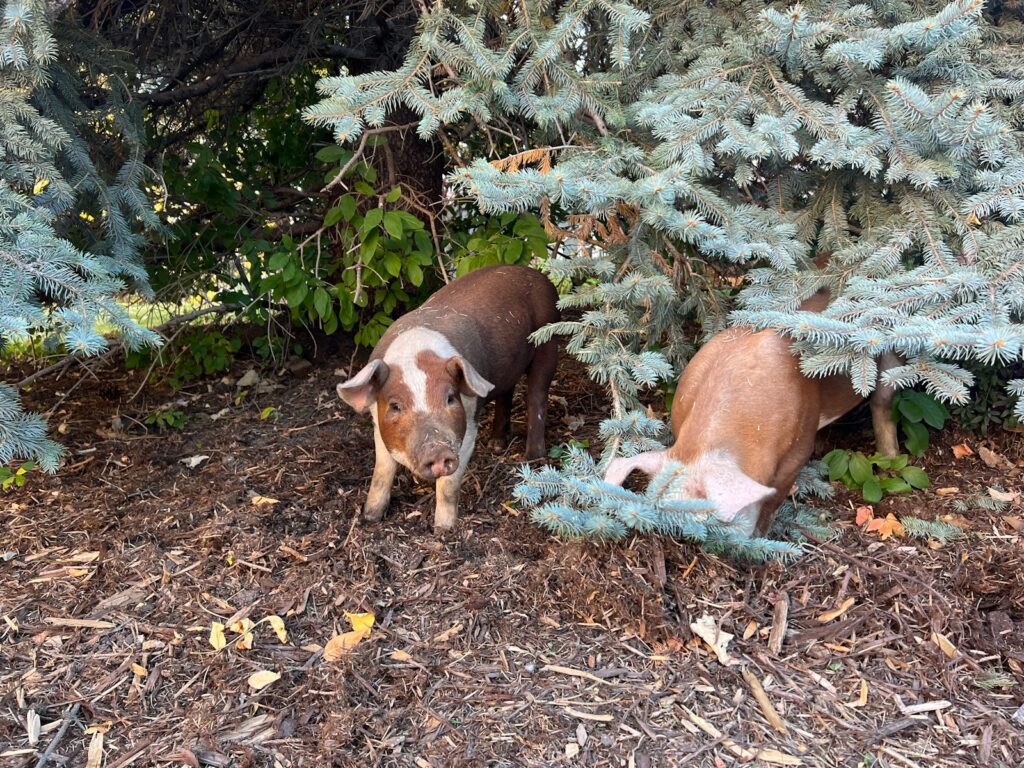
Mini pigs benefit tremendously from interactive toys that challenge their dexterity and problem-solving skills. Pig-specific toys like the “Piggy Wiggy” ball, which dispenses treats as it rolls, or durable rubber toys designed for large dogs can withstand a pig’s curious investigation. Simple household items like plastic cups for stacking and knocking over or PVC pipes with holes drilled for hiding treats can provide hours of entertainment. Some mini pigs even enjoy pushing around large exercise balls or playing with children’s stacking rings. When selecting toys, prioritize durability and always avoid items with small parts that could be chewed off and swallowed, as pigs are notorious for their destructive chewing capabilities when determined.
Training Sessions as Entertainment
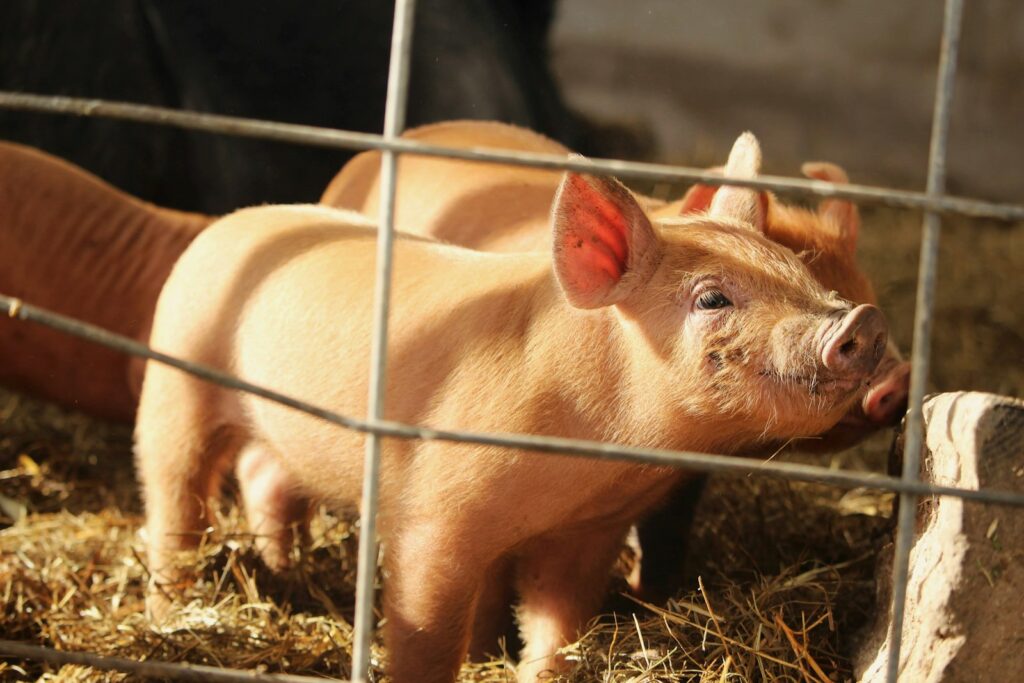
Training sessions serve dual purposes for mini pigs—they provide crucial mental stimulation while strengthening the bond between you and your pet. Mini pigs can learn an impressive repertoire of commands and tricks, from basic behaviors like “sit” and “stay” to more complex routines like navigating obstacle courses or performing specific sequences of actions. Keep training sessions short (10-15 minutes) but conduct them several times daily for maximum engagement without overtaxing your pig’s attention span. Using positive reinforcement with healthy treats like small pieces of fruits or vegetables makes training more enjoyable for your pig and increases their motivation to participate. Many pig owners find that their mini pigs actually look forward to these structured interaction times as highlights of their day.
Scent Games and Treasure Hunts

Pigs possess an extraordinary sense of smell—approximately 2,000 times more powerful than humans, making scent-based games particularly engaging for their naturally curious minds. Hide small treats throughout your pig-safe area and encourage your mini pig to find them using only their nose. For increased difficulty, you can place treats inside closed cardboard boxes with small holes or wrapped in towels to create a more challenging search experience. Some owners even teach their pigs to identify and retrieve specific scented objects, similar to scent work performed by detection dogs. These activities provide excellent mental stimulation while allowing your pig to exercise their most refined sense in an enriching, rewarding way.
Socialization Time with Family
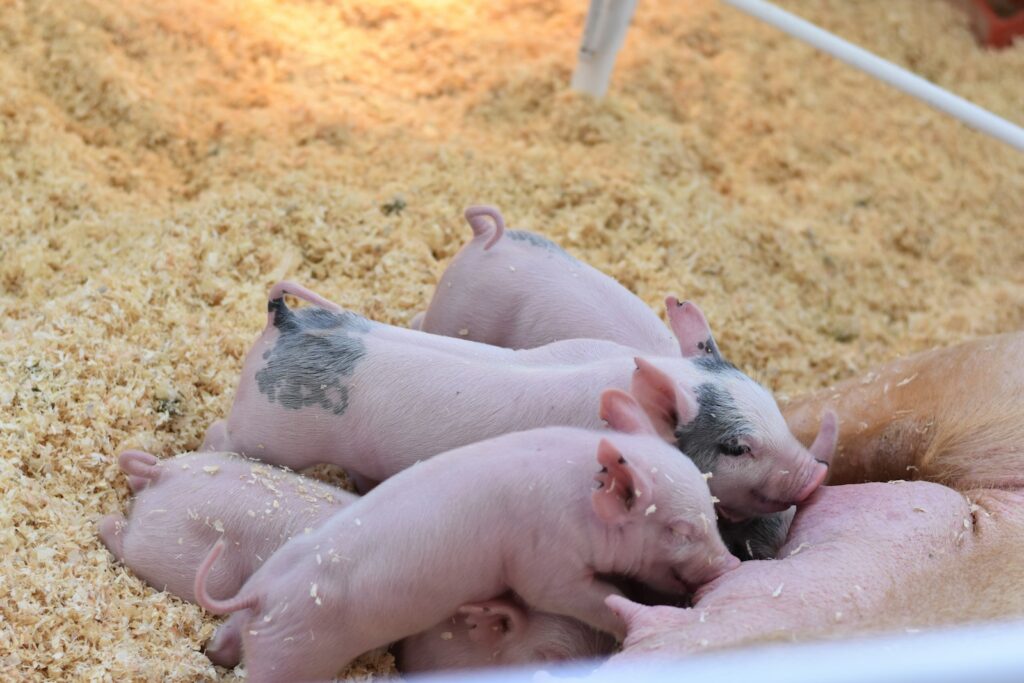
Mini pigs are highly social animals that crave regular interaction with their human family members as part of their daily entertainment. Schedule dedicated “pig time” when your mini pig receives undivided attention through gentle petting, belly rubs, or simply sitting together while you read or watch television. Many mini pigs enjoy being included in family activities and can become dejected if regularly excluded from social gatherings in the home. Some particularly social pigs even enjoy gentle roughhousing, being carried around in pig-safe slings, or simply following their humans from room to room during daily activities. Remember that consistent socialization helps prevent behavioral issues that stem from loneliness while strengthening your unique bond with your porcine companion.
Pig-Safe Climbing Structures
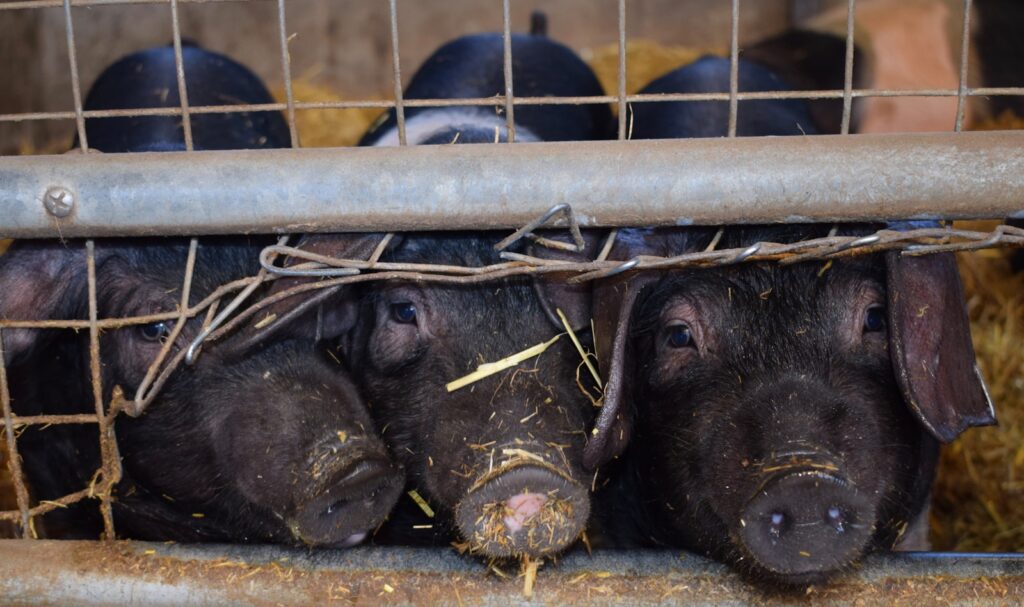
Despite their stocky appearance, mini pigs enjoy climbing on sturdy, low structures that challenge their physical abilities and provide entertainment. Create pig-friendly climbing opportunities using cushioned stair steps, sturdy wooden ramps, or specially designed pig platforms that allow supervised climbing and exploration. These structures should be stable enough to support your pig’s weight without tipping and feature non-slip surfaces to prevent injuries. Some pig owners repurpose children’s plastic play structures or create custom wooden platforms of varying heights to create mini obstacle courses. Always supervise climbing activities, especially with older pigs who may develop joint issues, and ensure all structures are placed on padded surfaces to protect against falls.
Sensory Enrichment with Textures and Sounds

Mini pigs are sensory creatures that benefit from environmental enrichment targeting their various senses. Introduce different textured mats, blankets, and pig-safe fabrics throughout their play area to stimulate their sensitive snouts during exploration. Sound enrichment can include specially designed pig toys that make unique noises when manipulated, wind chimes hung at pig height, or even pig-appropriate music played at low volumes. Some pig owners report that their mini pigs show particular interest in children’s musical toys that produce different tones when buttons are pressed. For visual stimulation, consider rotating colorful, pig-safe objects or installing a small, shatterproof mirror at pig level to provide visual interest and engagement with their reflection.
Rotating Toys to Maintain Interest

Mini pigs, like many intelligent animals, can quickly become bored with even the most engaging toys if they’re constantly available. Implementing a toy rotation system keeps your pig’s environment novel and interesting without requiring constant new purchases. Divide your pig’s toy collection into several groups and store the unused toys out of sight, swapping them out weekly or whenever you notice decreased interest in current options. This practice makes old toys seem new and exciting when reintroduced after an absence. Some owners maintain a detailed schedule of toy rotations, noting which combinations seem to generate the most enthusiasm and engagement from their particular pig’s personality and preferences.
Creating “Busy Bags” for Supervised Play
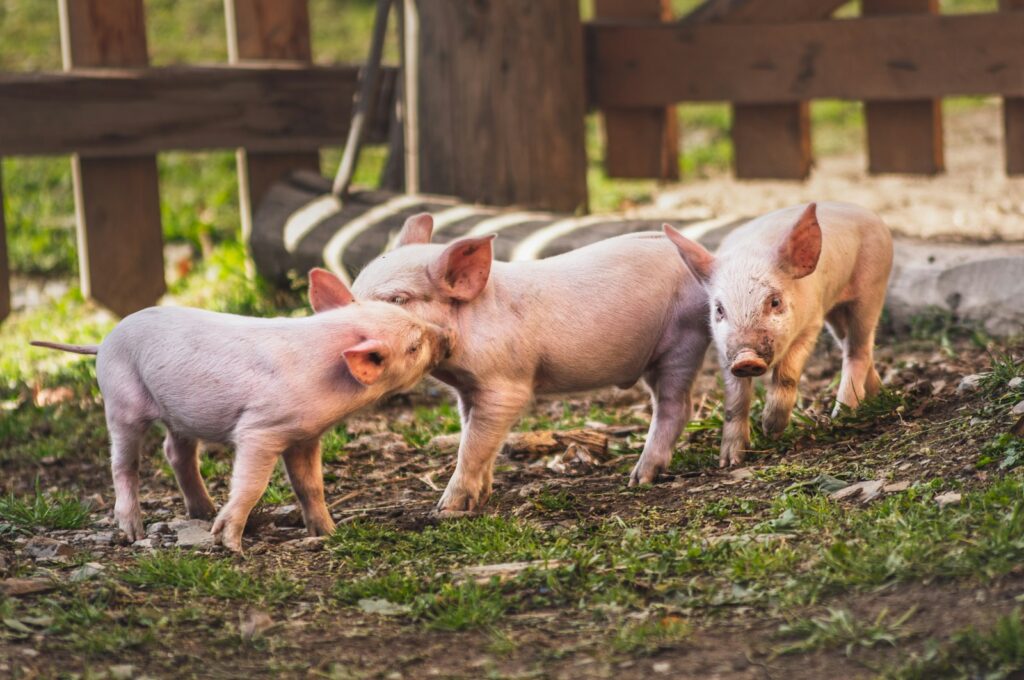
For times when you need your mini pig to entertain themselves while you’re occupied but present, “busy bags” offer concentrated entertainment options. Fill durable canvas bags or small backpacks with various pig-safe items like crinkly paper, fabric scraps of different textures, empty plastic bottles with caps removed, or specially selected pig toys. These bags can be presented as special treats during times when you need to work from home or complete household tasks while still supervising your pig. Many mini pigs will spend considerable time investigating these treasure troves, emptying the contents completely and examining each item thoroughly. Refresh the contents regularly to maintain interest and always supervise to ensure no inappropriate chewing or ingestion occurs.
Establishing Routine and Balancing Activities
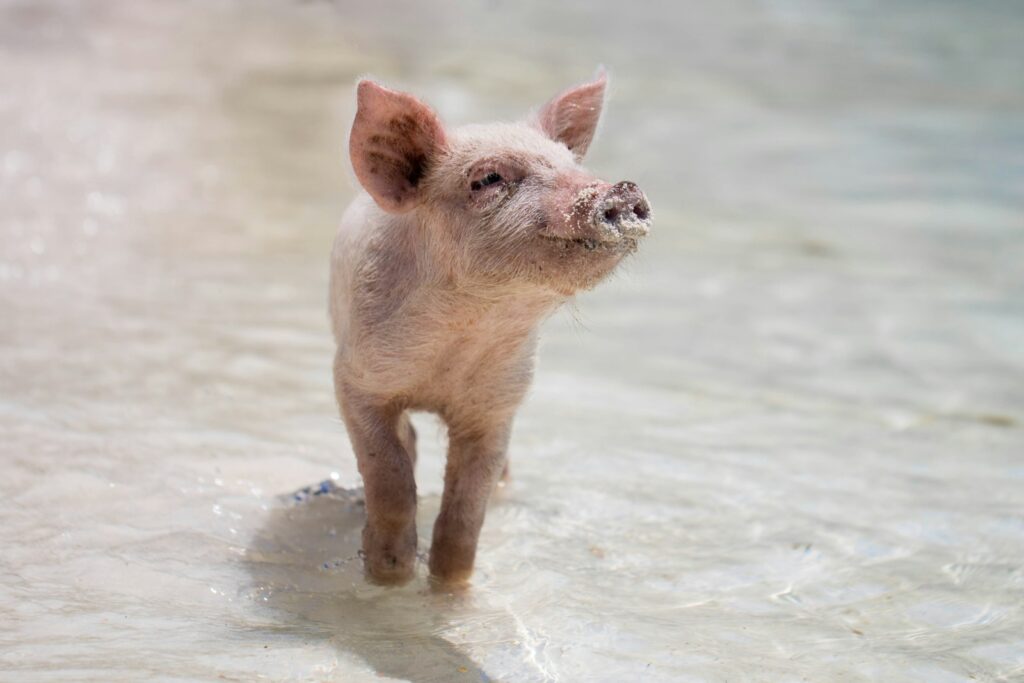
Mini pigs thrive on predictable routines that include various types of entertainment throughout their day. Create a balanced schedule that includes active play periods, quiet enrichment activities, training sessions, social time, and adequate rest periods to prevent overstimulation. Most mini pigs benefit from having consistent entertainment opportunities in the morning when energy levels are highest and again in the evening during their second active period. Through careful observation, you’ll learn your particular pig’s preferences and natural activity cycles, allowing you to tailor their entertainment schedule accordingly. Remember that while variety is important, the security of routine helps mini pigs feel safe and reduces anxiety-related behaviors that might otherwise emerge.
Monitoring for Signs of Boredom or Overstimulation
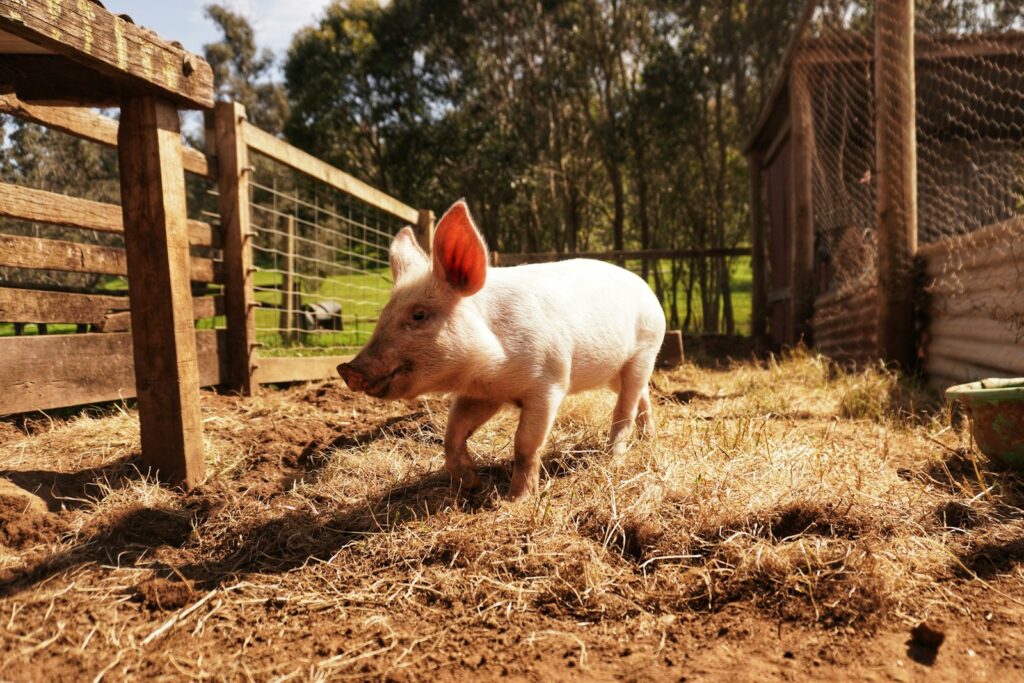
Being attentive to your mini pig’s behavior helps you identify when they need more entertainment or when they’re becoming overstimulated by too much activity. Signs of boredom may include excessive vocalization, destructive rooting, repetitive behaviors, or depression-like symptoms such as lethargy or loss of interest in normally engaging activities. Conversely, overstimulated pigs might display agitation, inability to settle down, aggressive behaviors, or attempt to hide from stimuli. Regularly assess your pig’s body language and responses to different entertainment options, adjusting their environment accordingly. The ideal entertainment program creates a balanced pig who is mentally stimulated but still able to relax and display natural, contented behaviors throughout their day.
Conclusion

Keeping a mini pig entertained indoors requires creativity, consistency, and understanding of their unique needs as intelligent, sensory-driven animals. By providing a stimulating environment that addresses their natural instincts for rooting, foraging, and social interaction, you can raise a happy, well-adjusted mini pig even within the confines of indoor living. Remember that entertainment isn’t just about preventing boredom—it’s an essential component of your pig’s mental health and overall well-being. Through thoughtful enrichment activities that evolve as your pig grows and develops, you’ll create a fulfilling indoor life for your porcine companion while building a stronger, more meaningful relationship with these remarkable animals.

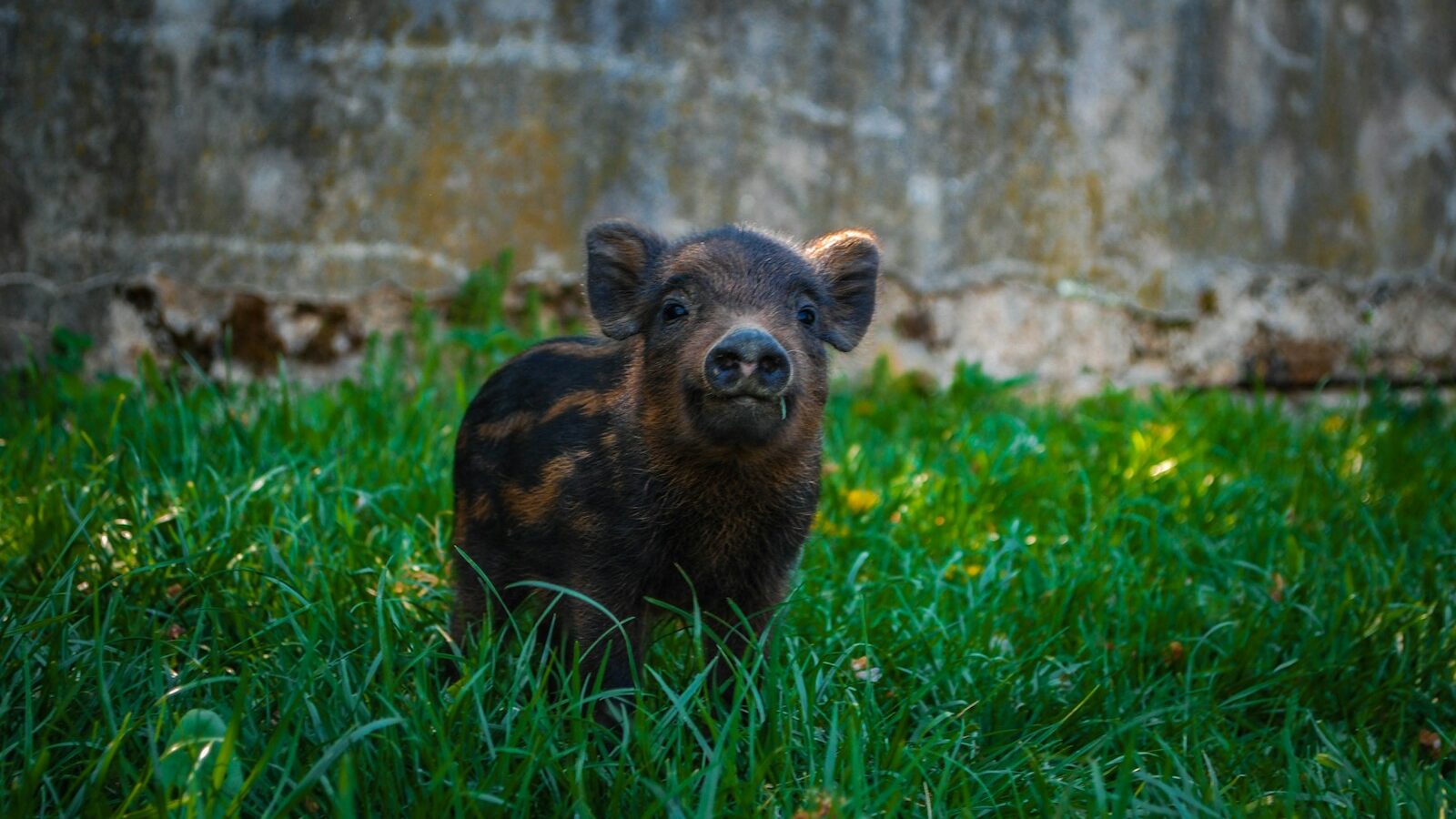
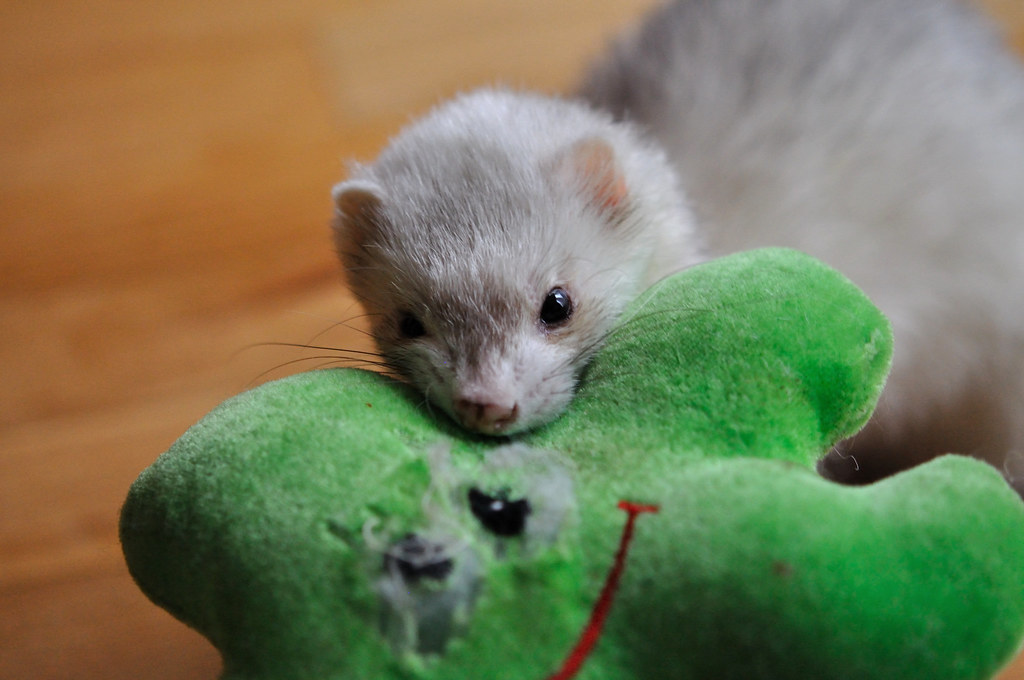
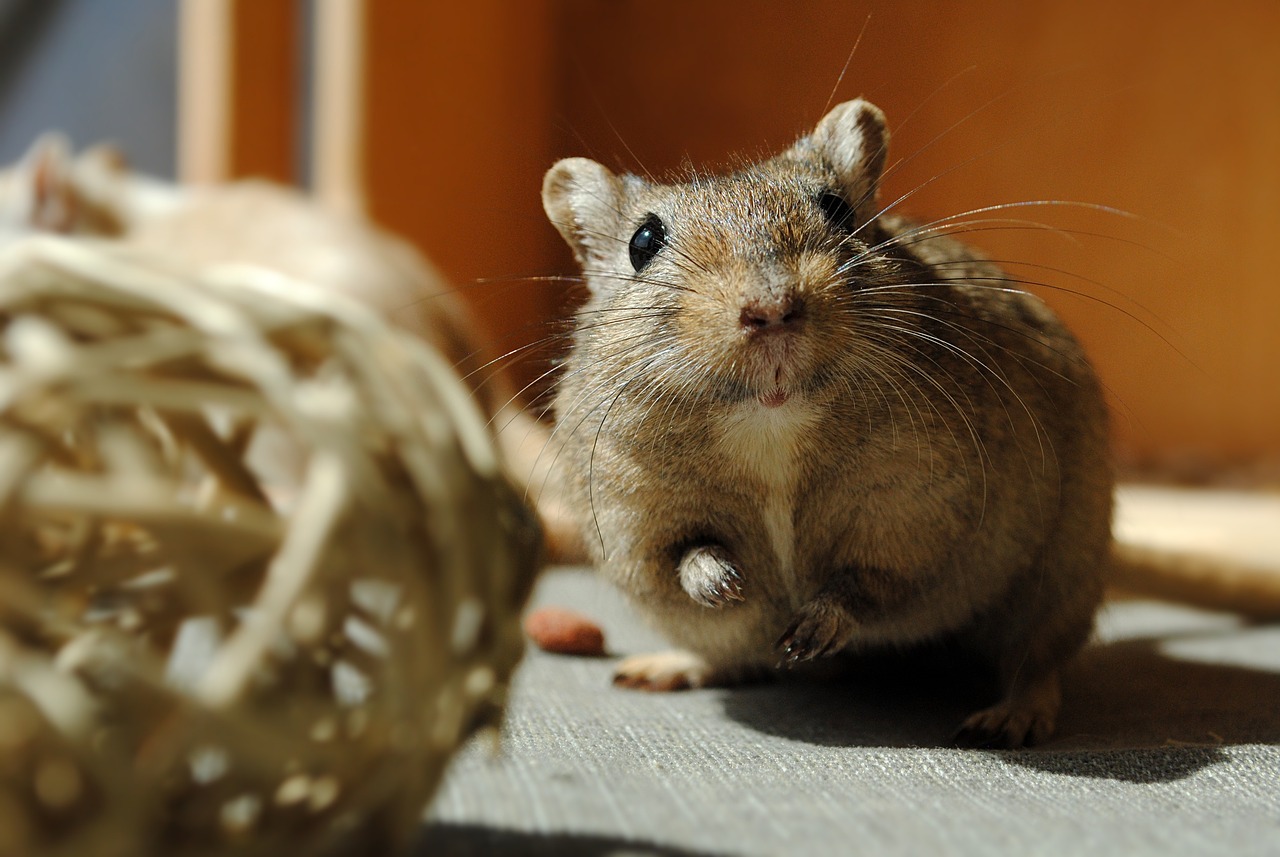

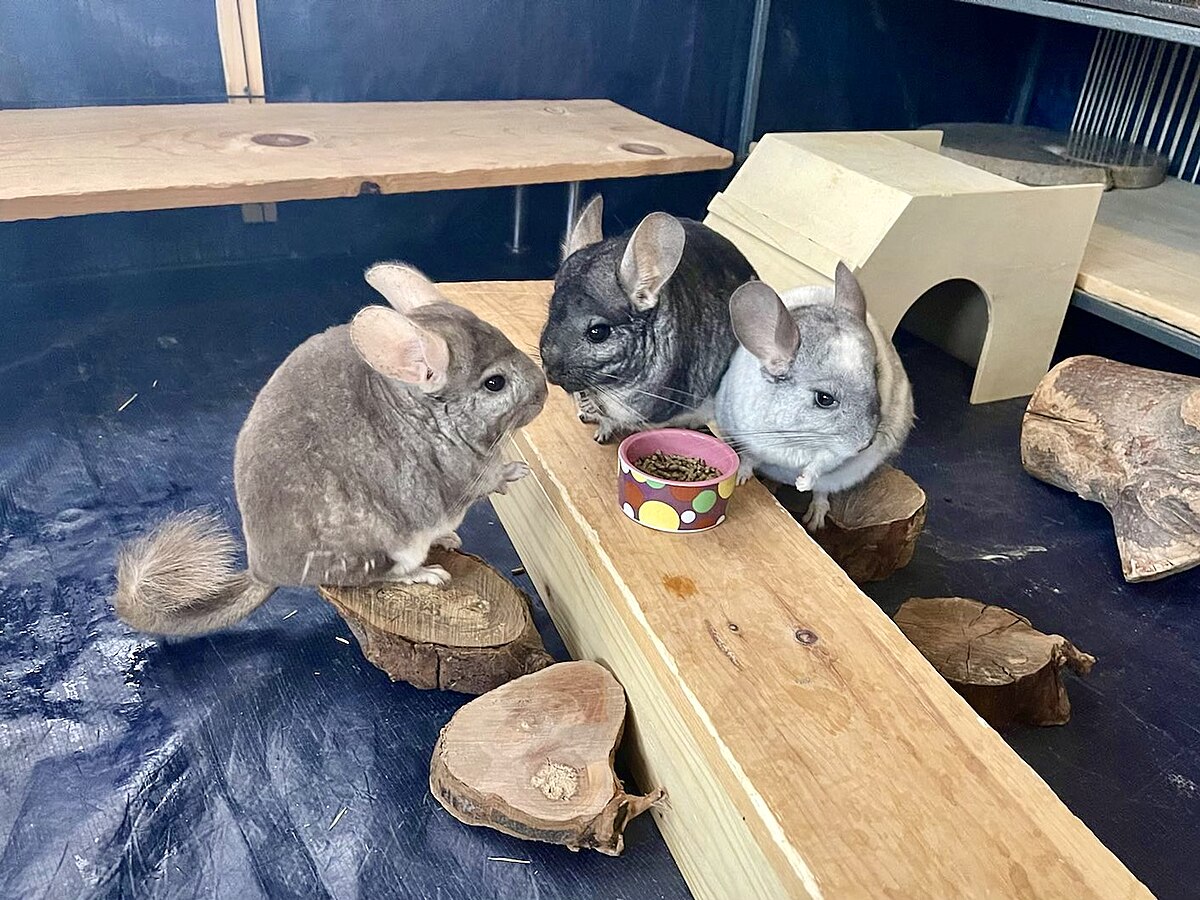
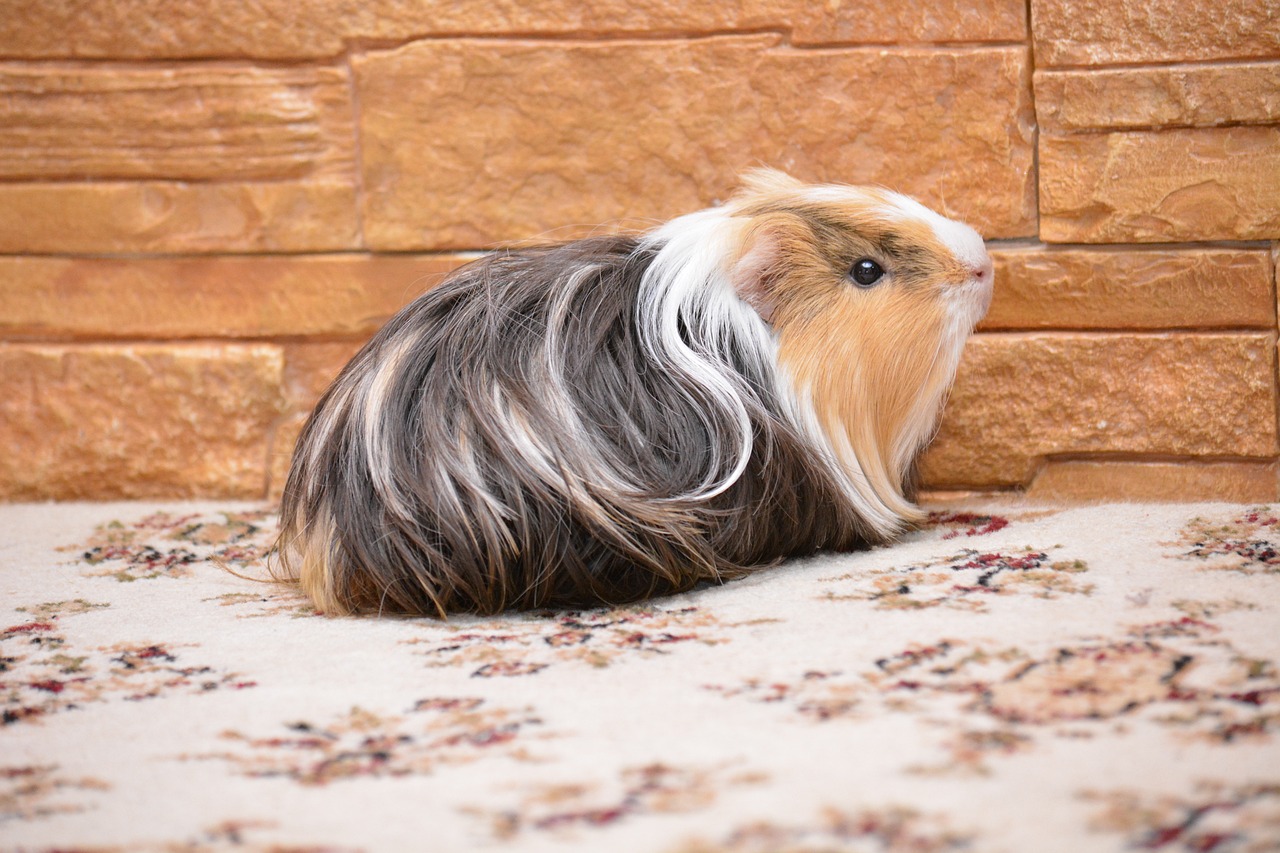
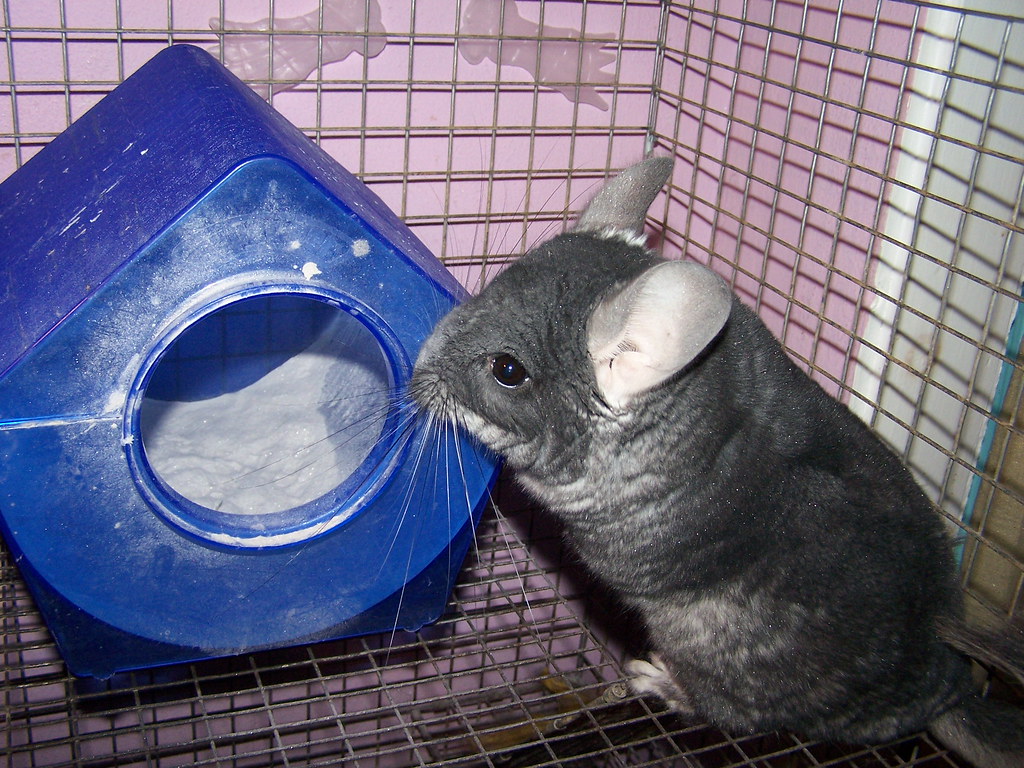

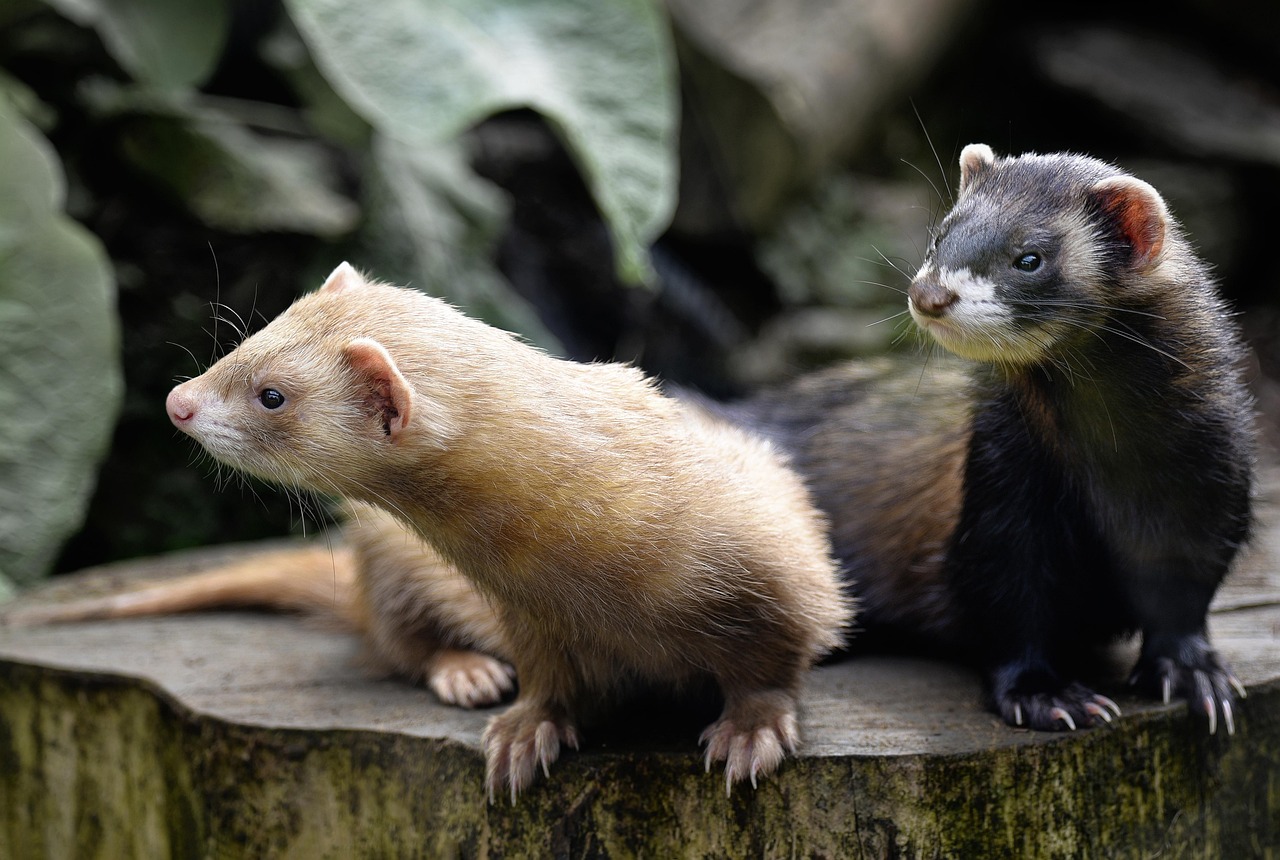
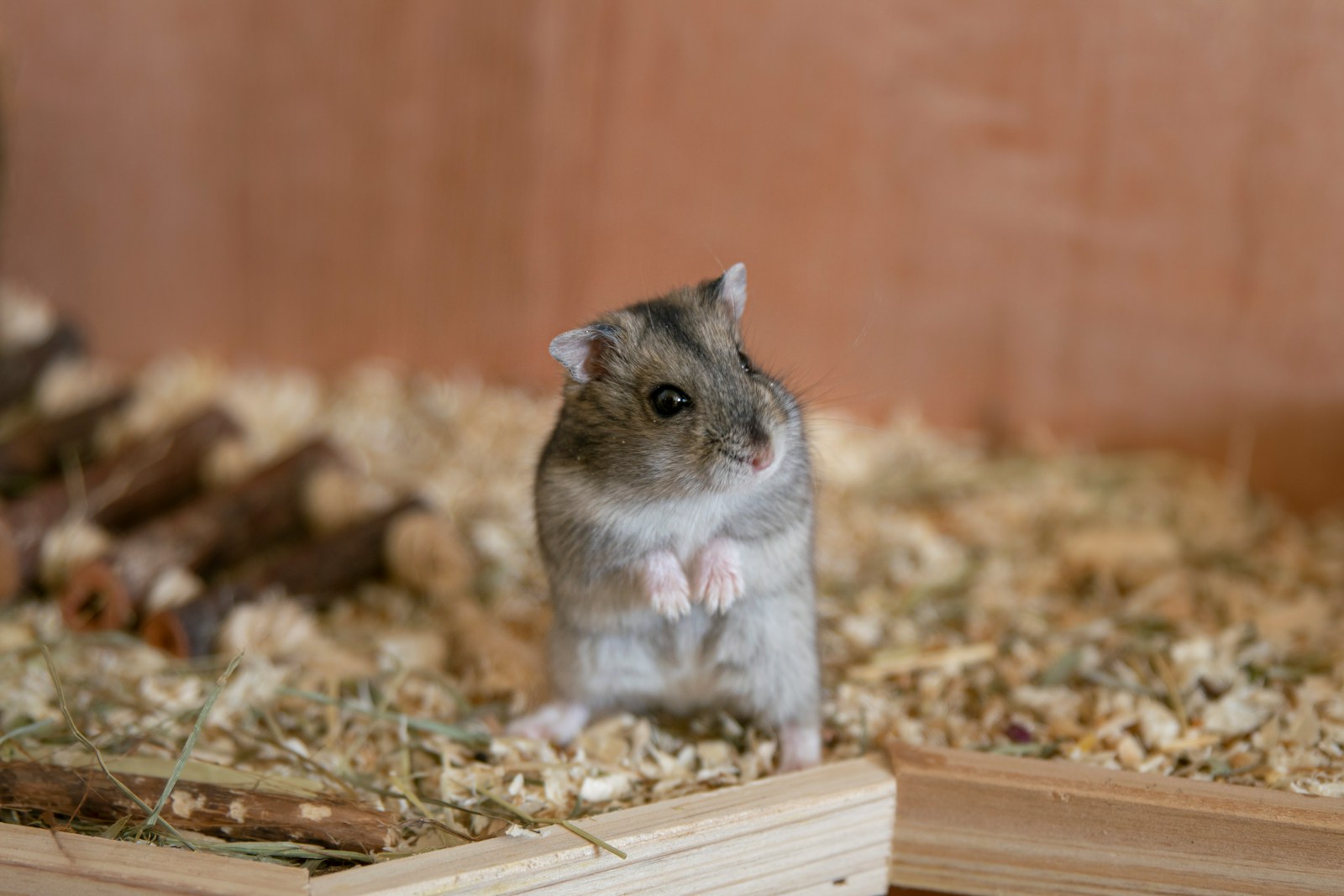
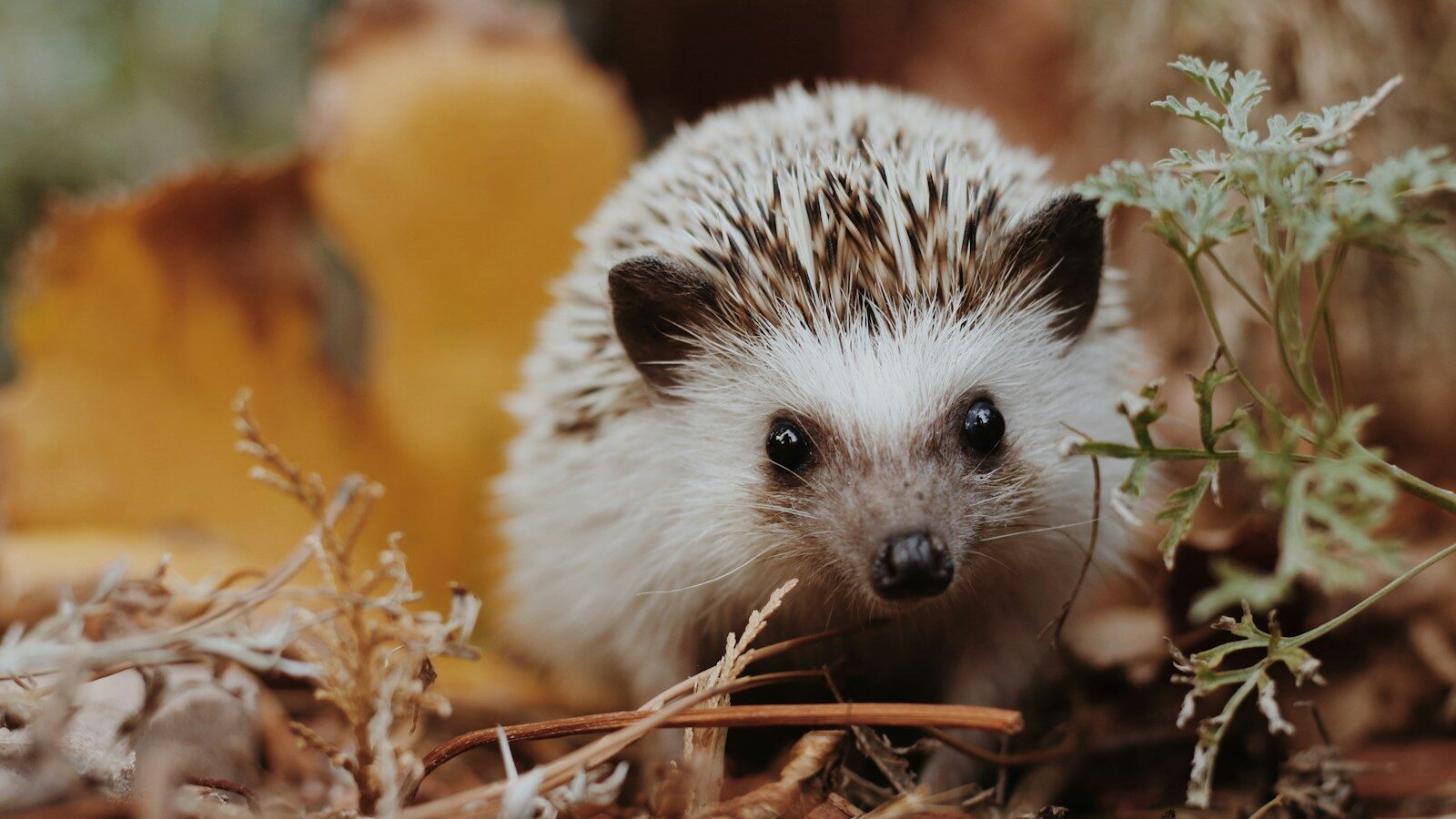




Leave a Reply